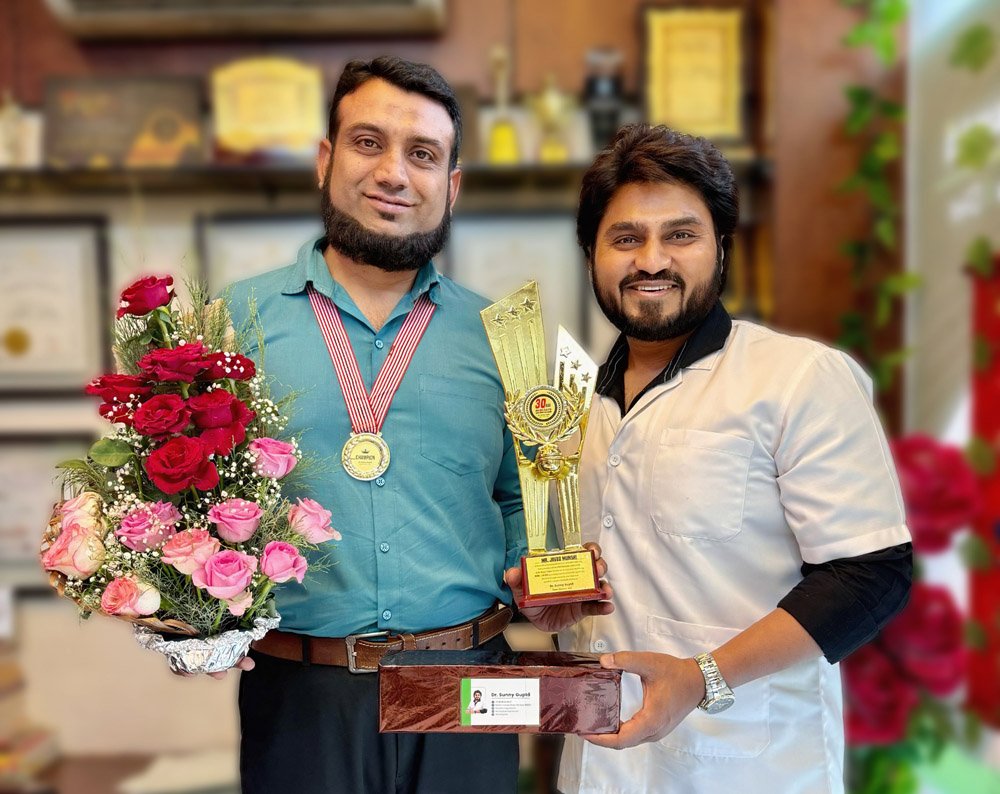Ghaziabad (Uttar Pradesh) [India]: With recent technical advancements made in the field of fertility treatment, the procedures of Artificial Reproductive Techniques (ART) have made humungous improvements in terms of success rates and safety. Intracytoplasmic Sperm Injection (ICSI) is a form of micro-assisted fertilisation process, one of the common IVF procedures performed clinically for over 20 years.
While the IVF procedure involves mixing thousands of motile sperms with each egg in a dish known as insemination of eggs, expecting that the sperms and eggs would interact through biochemistry. But in cases where either egg or sperm factors are deficient, then very few eggs become fertilised after incubation. However, ICSI has proven to be of immense advantages in cases of Oligozoospermia (low sperm count), Teratozoospermia (abnormal morphology of sperms) and Sperm Transport Disorder, where sperms are produced in adequate numbers, but with depleted motility, quality and concentration.
“ICSI has revolutionized in the treatment of male infertility and when combined with IVF procedure, sperm requirement for egg fertilization has dropped from hundred to only one viable sperm. This has led to the recent development of aggressive new techniques to provide viable sperm for egg fertilization from men with low or no sperm count. Making use of Artificial intelligence, nano technology, Laser Assisted Hatching and robotic ICSI procedures have revolutionised the outcomes through selection of the best sperms and best embryos.” said Dr Gunjan Gupta Govil, Founder & Chairman, Gunjan IVF World Group.
As of now the Artificial Intelligence based technology, which is still under clinical trial has a very high predictive success in identifying the best embryo, in terms of its growth pattern. In this technique the AI system reviews a massive amount of data (over hundreds of images of each embryo) analyses the greatest likelihood of each embryo to develop into a fetal heart. The embryo with the highest score, and therefore the highest potential for leading to a viable foetus, can then be selected for transfer.
“With the inception of automation in ICSI through robotic and nano technology, has provided a viable novel technique to analyse oocyte penetration in real time via selection of the best sperm or embryo. In nanotechnology, a nanobot is released for selecting and transporting the best sperm cell until it penetrates into the egg, before implanting the healthy embryo in the uterus. Whereas in robot assisted ICSI, the system performs visual tracking of the single sperm, robotic immobilization of sperm, aspiration of sperm with picoliter volume, and insertion of sperm into an oocyte with a high degree of reproducibility. Requiring minimal human involvement, various such trials have been successfully conducted with a high success rate of above 90% and survival rate of 90.7%.” added Dr Gunjan.
In some cases, the possibilities also arise that the embryo implantation to the uterus is not successful, pertaining to sporadic reasons. In such cases, once the best embryo is chosen, a procedure known as laser assisted hatching is performed on the selected embryo before implantation. Since in some situations, the outer layer of the embryo may thicken abnormally, laser assisted hatching scientifically allows to make a small opening on the outer layer making it easier for the embryo to implant better to the endometrium.
Having provided the best in class technology for years, it is the vision and endeavour of Gunjan IVF World to provide Affordable, Reliable and Transparent treatment to couples battling fertility issues and bring Khushiyon Ki Goonj in their lives.








